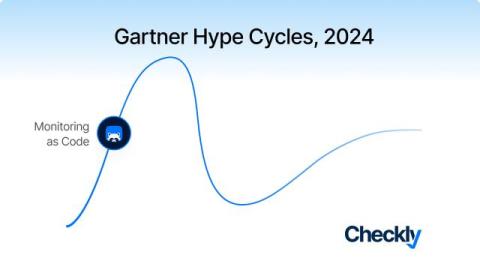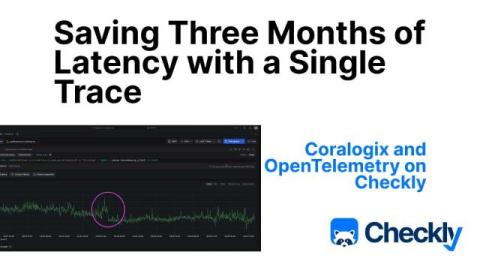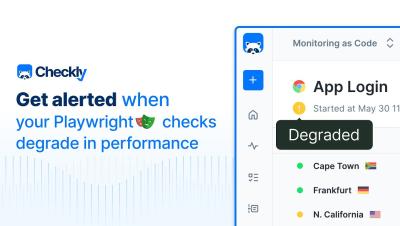Playwright at Scale
When adopting Playwright, it can be tough to know if you're following the right design principles for a process that will work at scale. For those Cypress users, check out Cypress at Scale. Join Jonathan and Filip as we explore how mature organizations and effective teams adopt Playwright. We'll cover what we've seen in the wild and key considerations. — Fundamentals & principles: You'll understand what Playwright is and its design principles.











